The Healing Power of Giving and Receiving: A Path Back from Burnout

Inhale… receive.
Exhale… give.
With every breath, our bodies practice a sacred balance that nature flawlessly models. However, for so many of us—especially high-achieving, heart-led professionals—this balance gets lost in the grind of everyday life. We give endlessly: our time, our attention, our energy, our care. And in the process, we forget to receive.
This imbalance isn’t just exhausting—it’s harmful. Overgiving, without replenishment, is one of the fastest roads to burnout, a state of physical, emotional, and mental depletion that leaves us disconnected from our vitality, creativity, and purpose.
The Hidden Cost of Overgiving
According to the World Health Organization (2019), burnout is now classified as an occupational phenomenon, not just a personal issue. It arises from chronic workplace stress that hasn’t been successfully managed. Overgivers are particularly vulnerable—those who say “yes” too often, who tie their worth to being needed, who pour from an empty cup.
A study published in Psychological Bulletin (Parker & Griffin, 2011) found that people who engage in excessive prosocial behavior—helping others at the expense of themselves—experience significantly higher rates of stress and depression. And research from Dr. Kristin Neff on self-compassion shows that people who practice receiving—through self-kindness and rest—bounce back from setbacks more quickly and have lower cortisol levels (Neff, 2003).
Why is this? Because overgiving pushes us into a perpetual state of sympathetic nervous system activation—our fight-flight-freeze response. Without time to recover, our body interprets our generosity as a chronic stressor.
In short, if we don’t learn to receive, we burn out.
Nature Shows Us the Way to Giving and Receiving
In a recent guided meditation I shared during Mindful Minute Mondays (listen to it here), we explored the sacred rhythm of giving and receiving through the metaphor of the natural world. The trees inhale carbon dioxide and exhale oxygen. Bees receive nectar and give pollination. Clouds receive ocean moisture and return it as rain.
There is no striving. No scorekeeping. Only flow.
So why do we struggle so much with the receiving part?
Often, it’s because we’ve internalized messages that say our value lies in what we produce or give. Receiving may feel selfish, weak, or indulgent. But the truth is that receiving is a radical act of self-care and a powerful reprogramming of our nervous system.
5 Ways to Reclaim Balance and Begin Receiving Again
If you find yourself stuck in a pattern of overgiving, here are five practical and research-backed ways to bring yourself back into balance:
-
Anchor Yourself with Your Breath
Your breath is your teacher. Each inhale is a chance to receive oxygen, clarity, and life force. Each exhale is a chance to give stress, tension, and overwhelm. Begin and end your day with 3-5 slow, conscious breaths. This practice brings your nervous system into parasympathetic activation, your body’s rest-and-digest mode.
🌀 Try this: Place one hand over your heart and breathe slowly. Inhale: “I receive.” Exhale: “I release.”
-
Schedule Micro-Moments of Receiving
Receiving doesn’t have to be big. It can be letting someone open the door for you, saying “thank you” instead of “I’m fine,” or allowing yourself to take a 10-minute walk without guilt. These small acts tell your body: “I am safe. I matter.”
Research shows that brief moments of positive emotion throughout the day have a cumulative effect on resilience and well-being (Fredrickson, 2009).
-
Say No to Say Yes
When you say no to overextending yourself, you’re saying yes to your well-being. Boundaries are the bridges to balanced giving. They allow you to give from overflow, not depletion.
Burnout researcher Emily Nagoski, Ph. D., reminds us that completing the stress cycle is essential. That means moving your body, resting, and processing emotions—not just pushing through.
-
Practice Receiving Compliments and Support
When someone offers praise or help, pause before brushing it off. Receiving with grace strengthens your self-worth and rewires your brain’s negativity bias. Neuroplasticity research shows that intentional positive experiences—especially when held for 10-20 seconds—create new neural pathways of worthiness (Hanson, 2013).
🌀 Try this: The next time someone says, “You did a great job,” take a breath and respond with a simple, “Thank you. I appreciate that.”
-
Set a Weekly Intention Around Giving and Receiving
Take time each week to ask: What do I want to give from a place of love? What am I open to receiving with ease? Let a word or phrase bubble up—“Balance,” “Ease,” “Open-hearted.” Anchor that word by placing your hand on your heart or belly and repeating it throughout your week.
Over time, this becomes your internal compass.
You Deserve to Receive, Too
You are not here to be a machine of endless output. You are a living, breathing being—worthy of rest, joy, support, and presence. When you allow yourself to receive, you become more resilient, more alive, more you.
The beautiful irony is that the more you allow yourself to receive, the more generously and sustainably you can give.
Ready to Rebalance?
If you’re ready to reprogram your nervous system and reset the way you give and receive, join me for Mindful Minute Mondays—a free weekly 30-minute guided meditation session designed to help you reconnect with yourself, reduce stress, and step into your week with clarity and calm.
Your breath is the beginning.
Let’s come back to balance—together.
Michele Molitor, CPCC, CCHT, is a certified coach, clinical hypnotherapist, and co-author of the bestselling and award-winning book I Am Perfectly Flawsome—How Embracing Imperfection Makes Us Better. She coaches high-achieving professionals in reducing their overwhelm and reclaiming their self-confidence, calm, and clarity to create a thriving life and career.
Connect with her directly to unlock your potential and confidently step into your power.
Someday Starts Now. Unlock the Power of You.
References:
Fredrickson, B. L. (2009). Positivity: Top-Notch Research Reveals the 3-to-1 Ratio That Will Change Your Life. Crown Publishing.
Hanson, R. (2013). Hardwiring Happiness: The New Brain Science of Contentment, Calm, and Confidence. Harmony.
Neff, K. (2003). Self-compassion: An alternative conceptualization of a healthy attitude toward oneself. Self and Identity, 2(2), 85–101.
Parker, S. K., & Griffin, M. A. (2011). Understanding active psychological states: Embedding engagement in a wider nomological net and closer attention to performance. European Journal of Work and Organizational Psychology, 20(1), 60–67.
World Health Organization. (2019). Burnout an “occupational phenomenon”: International Classification of Diseases


